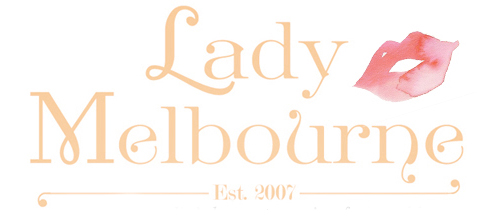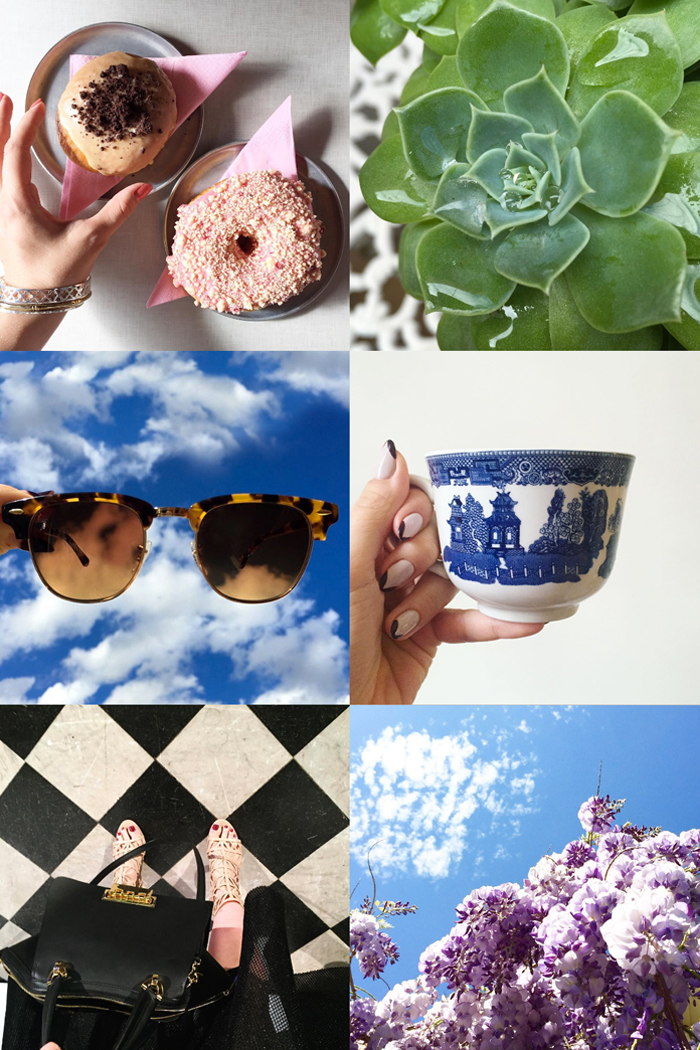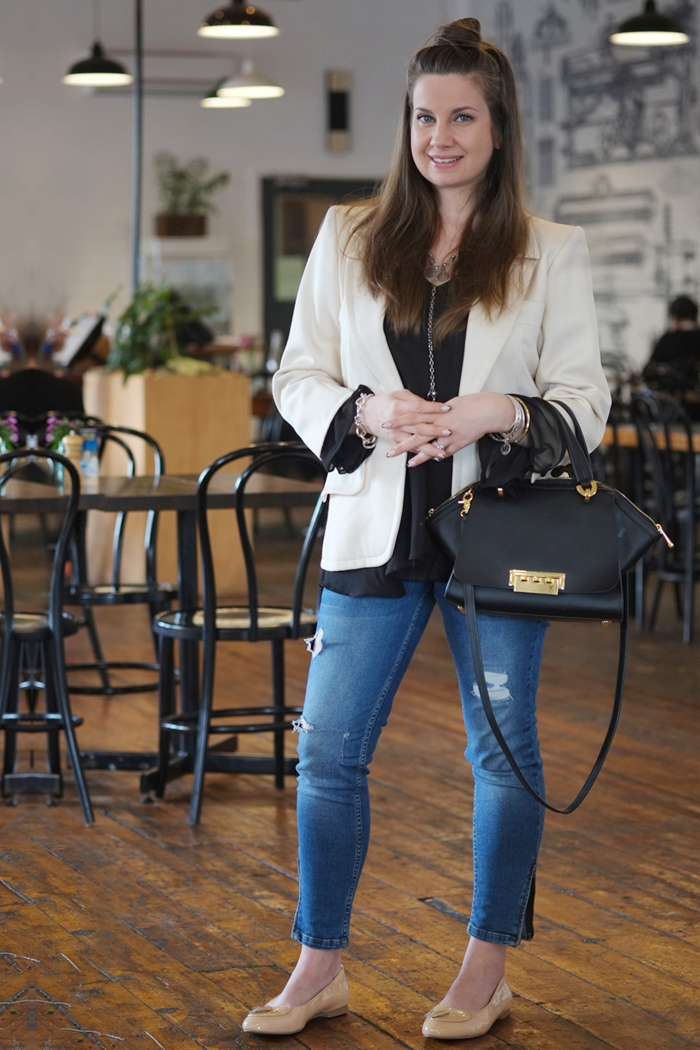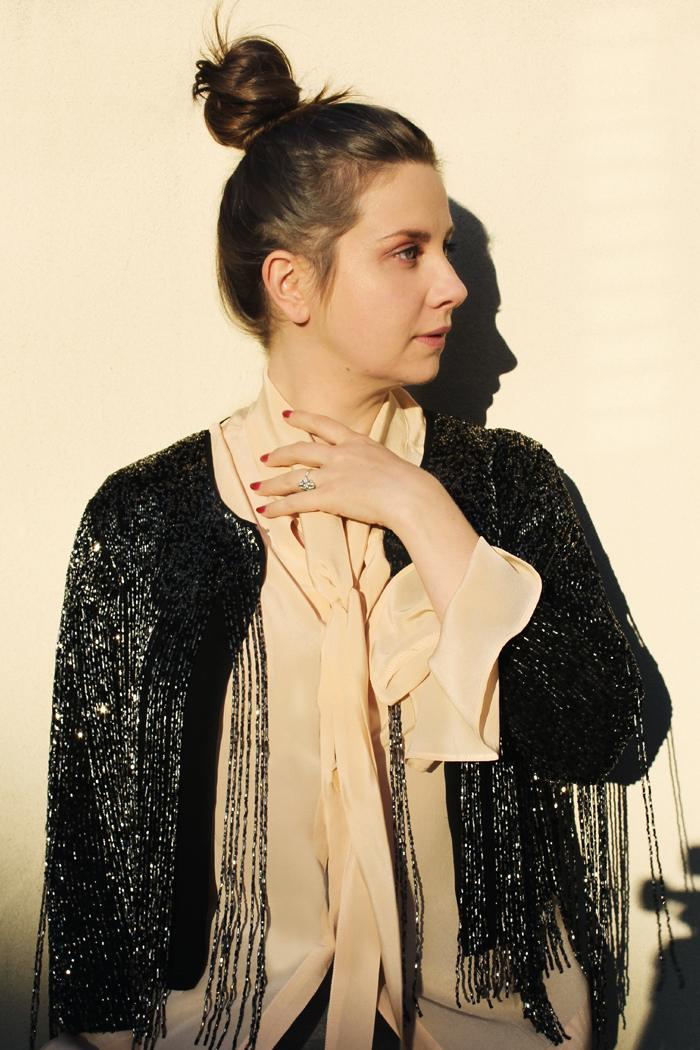These days, pretty much everyone you know owns a smart phone, be it an iPhone or some other sort of device with a sophisticated in-built camera. My grandma has one, my mum has her own Instagram and Pinterest accounts linked from hers and even my seven year old nephew has an old iPhone 4 connected to the wi-fi at home so he can muck around on Snapchat. So basically, you, me and everyone we know.
This means we have access to a computer, camera, video and phone, in the palm of our hands, 24 hours a day. Wherever we are, there’s a picture-worthy moment just waiting to be recorded and uploaded to social media.
There is, however, a big difference between the quality of photograph taken on a DSLR and an iPhone, which is all down to the lens and photo sensor chip size, of course.
You simply can’t get the same quality, there’s no comparison. Here’s a handy chart that describes the effect sensor size has on photo quality. The question is: how much photo quality is enough?
All mobile phones have a sensor size at the smaller end of the chart. At the other end of the scale, Leica, high-end Canon or Nikon, are fitted with full frame sensors, although you have to cough up around 10 grand to buy one, and unless you’re keen on a forensic amount of fine, printable detail, you don’t really need one. Publishing shots on the internet doesn’t require the same amount of file density as publishing to print, so while a high-spec camera is good to have for a range of photographic purposes, and I do use one all the time, they’re simply not as handy as the small compact camera buried inside your always-at-hand smart phone. Plus they’re too damn bulky to stuff into a chic purse. But anyway, let’s not harp on too much about this sort of thing.
Here are some simple hacks for snapping blog-worthy photos up there with the best of the best.
All of the photos in this post have been taken on my iPhone 6, which I hope serves to show you just how easy it is.
Ready?
- Go Macro
A small lens means you can photograph small details with ease. A button, leaves, raindrops – look for the details where you can find them. Often times photographers tell a ‘story’ with their photos by taking a series of the same subject, in different poses or light. By honing in on a detail, it can serve as a detail for a larger story.
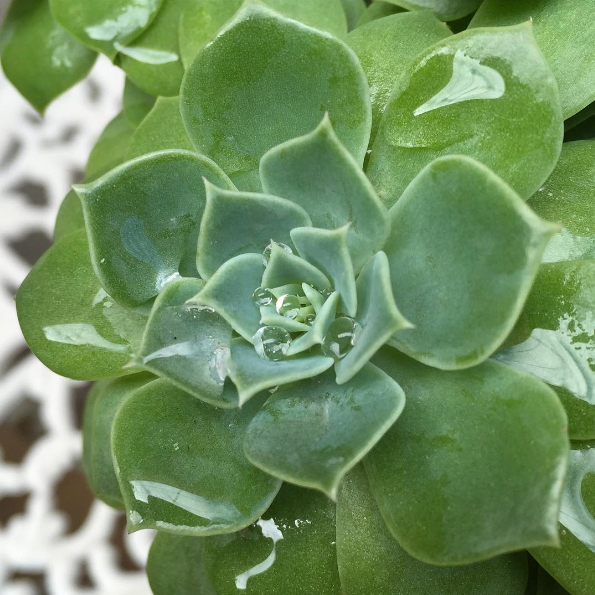
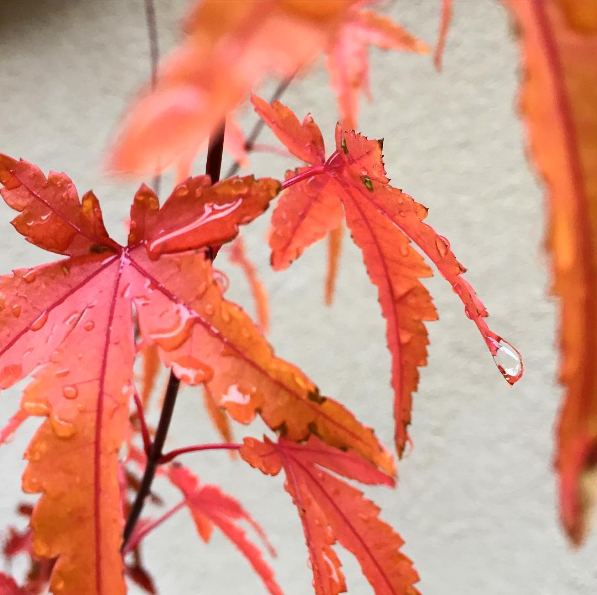
- Look for your best light source
There’s not a lot of processing power with a smaller camera, so look for the best natural light possible when using your smart phone. Bright sunshine or photographing at dawn or sunset can really make the colours appear more saturated.

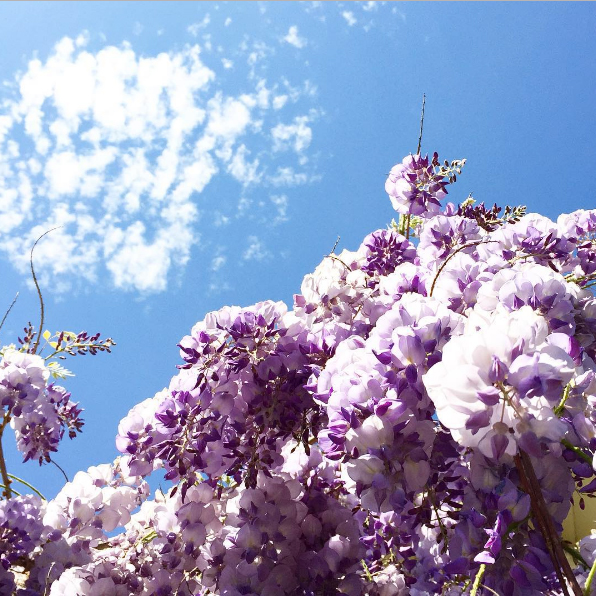
- Choose a dynamic subject
Look for the most interesting thing you can find to photograph. Nothing in sight? Be the most interesting thing! Can you strike a pose? Can you set your phone to self timer and leap in front of the camera? Can you capture the movement of a horse race, or the beauty of a ballerina? When using a camera with a smaller lens and the aforementioned lesser processing power, make your subject be the absolute hero of the shot.
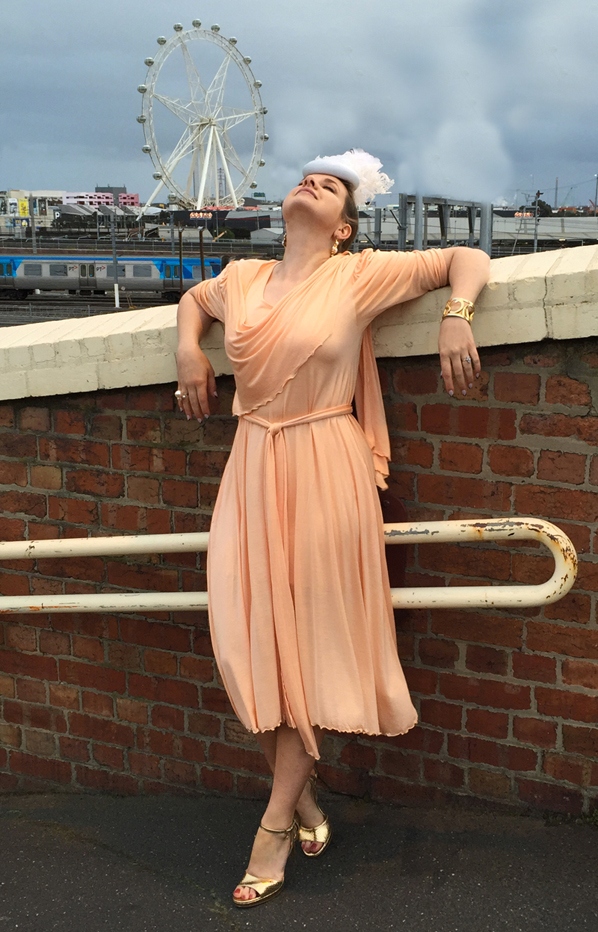
- Composition is Key
How your subject fills the frame can make a big difference to the end result of your photographic endeavours. Triangles are a great way of combining existing elements like pathways, architecture, lines and shape. Josh from Expert Photography tells us:
“Triangles are a great way of grouping together three points of a photograph and organising them to portray a certain feeling such as stability, aggression, instability, etc.”

So there you go folks, some simples tips and examples of how you can get the most out of photographing with your iPhone or smartphone. Got a tip? I’d love to hear about it in the comments below!
And just before you go, check out this post on four tips for taking beautiful self portraits:
